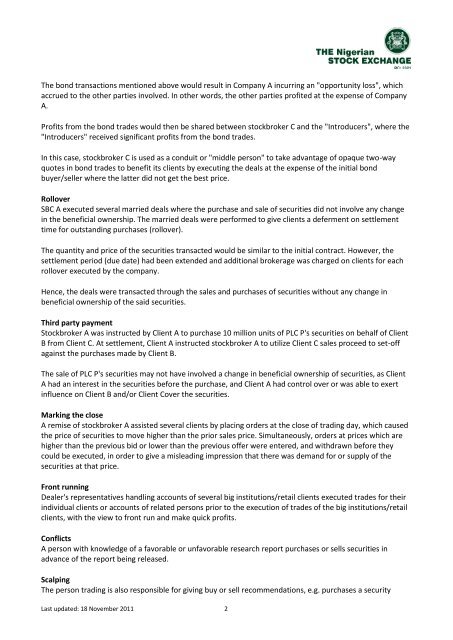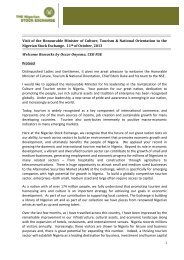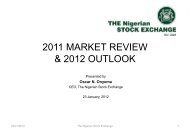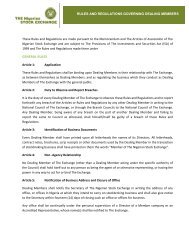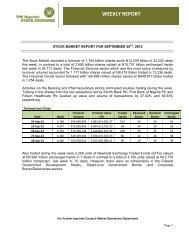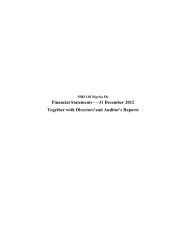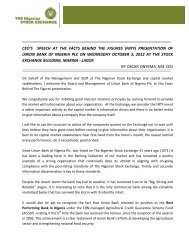Whistleblower Tips What Information Should I Provide? You can ...
Whistleblower Tips What Information Should I Provide? You can ...
Whistleblower Tips What Information Should I Provide? You can ...
Create successful ePaper yourself
Turn your PDF publications into a flip-book with our unique Google optimized e-Paper software.
The bond transactions mentioned above would result in Company A incurring an "opportunity loss", whichaccrued to the other parties involved. In other words, the other parties profited at the expense of CompanyA.Profits from the bond trades would then be shared between stockbroker C and the "Introducers", where the"Introducers" received signifi<strong>can</strong>t profits from the bond trades.In this case, stockbroker C is used as a conduit or "middle person" to take advantage of opaque two-wayquotes in bond trades to benefit its clients by executing the deals at the expense of the initial bondbuyer/seller where the latter did not get the best price.RolloverSBC A executed several married deals where the purchase and sale of securities did not involve any changein the beneficial ownership. The married deals were performed to give clients a deferment on settlementtime for outstanding purchases (rollover).The quantity and price of the securities transacted would be similar to the initial contract. However, thesettlement period (due date) had been extended and additional brokerage was charged on clients for eachrollover executed by the company.Hence, the deals were transacted through the sales and purchases of securities without any change inbeneficial ownership of the said securities.Third party paymentStockbroker A was instructed by Client A to purchase 10 million units of PLC P's securities on behalf of ClientB from Client C. At settlement, Client A instructed stockbroker A to utilize Client C sales proceed to set-offagainst the purchases made by Client B.The sale of PLC P's securities may not have involved a change in beneficial ownership of securities, as ClientA had an interest in the securities before the purchase, and Client A had control over or was able to exertinfluence on Client B and/or Client Cover the securities.Marking the closeA remise of stockbroker A assisted several clients by placing orders at the close of trading day, which causedthe price of securities to move higher than the prior sales price. Simultaneously, orders at prices which arehigher than the previous bid or lower than the previous offer were entered, and withdrawn before theycould be executed, in order to give a misleading impression that there was demand for or supply of thesecurities at that price.Front runningDealer's representatives handling accounts of several big institutions/retail clients executed trades for theirindividual clients or accounts of related persons prior to the execution of trades of the big institutions/retailclients, with the view to front run and make quick profits.ConflictsA person with knowledge of a favorable or unfavorable research report purchases or sells securities inadvance of the report being released.ScalpingThe person trading is also responsible for giving buy or sell recommendations, e.g. purchases a securityLast updated: 18 November 2011 2


